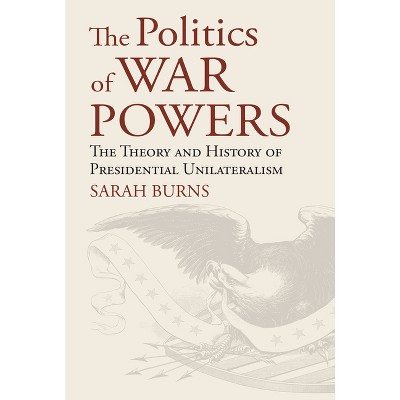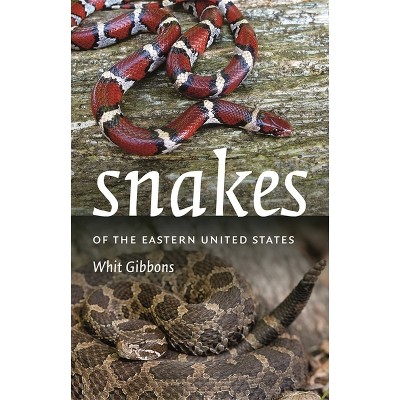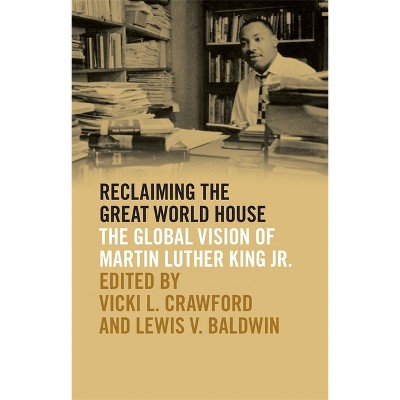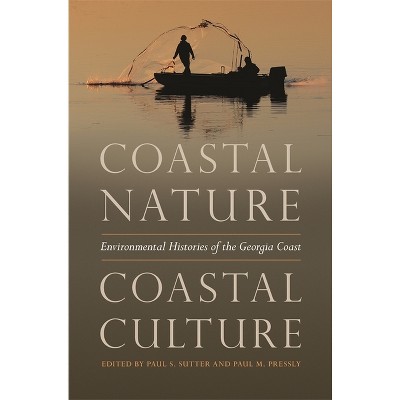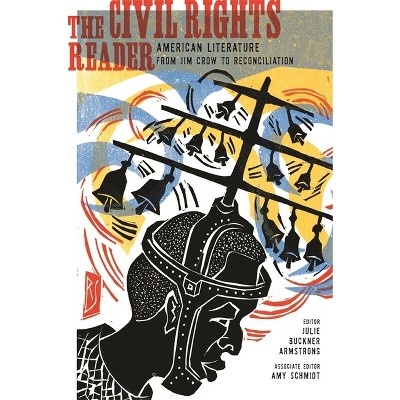Sponsored

The Other War of 1812 - by James G Cusick (Paperback)
In Stock
Sponsored
About this item
Highlights
- Resurrecting a forgotten chapter in transatlantic history, James G. Cusick tells how, just before the United States went to war against Great Britain in 1812, an ill-advised invasion of a Spanish colony became a stage on which the young republic clumsily acted out its imperial ambitions and racial fears.
- About the Author: JAMES G. CUSICK is curator of the P. K. Yonge Library of Florida History at the University of Florida.
- 392 Pages
- History, Military
Description
About the Book
Cusick, a lively storyteller as well as a meticulous scholar, conveys the savagery of the borderlands conflict that pitted American adventurers and anti-Spanish partisans against Spanish loyalists and their allies, who included Seminole Indians and escaped slaves.Book Synopsis
Resurrecting a forgotten chapter in transatlantic history, James G. Cusick tells how, just before the United States went to war against Great Britain in 1812, an ill-advised invasion of a Spanish colony became a stage on which the young republic clumsily acted out its imperial ambitions and racial fears. With the halfhearted backing of President James Madison and Secretary of State James Monroe, a party of Georgians invaded East Florida, confident that partisans there would help them swiftly wrest the colony away from Spain. The raid was a strategic and political disaster. Few sympathizers materialized, official U.S. support dissolved, and an extended guerrilla war ensued.
This was the "other war of 1812," or the Patriot War. Cusick, a lively storyteller as well as a meticulous scholar, conveys the savagery of the borderlands conflict that pitted American adventurers and anti-Spanish partisans against Spanish loyalists and their allies, who included Seminole Indians and escaped slaves. At the same time, Cusick looks at the American motivations behind the invasion, including apprehensions about Florida's growing population of unregulated blacks and geopolitical intrigues involving Spain, Britain, and France.Review Quotes
A carefully researched history of Spanish East Florida's Patriot War, a complicated conflict that involved covert action by American forces, greedy border marauders from Georgia, rebels inside the province, Spanish troops and provincial white militia, free black militia, and Seminole warriors (both Indian and African American). The result of the war was devastation of the province's plantations and an end to a remarkable period of economic expansion.
--Daniel L. Schafer "University of North Florida"Greatly expands our understanding of how the Patriot War of 1812-13, a truly forgotten conflict, was interwoven with the War of 1812, American expansion, and developing ideas about free armed blacks living in the Spanish-American borderlands of Florida. Ultimately, the acquisition of Florida--a process that began with the Patriot War--would be the only way to satisfy American territorial ambitions and racial fears.
--Gene A. Smith "Texas Christian University"[Cusick] has done a great job of bringing in both Spanish and English language sources, something that many Americanists are unwilling or unable to do. In this sense Cusick is both rescuing and blazing a path for American diplomatic, political, and military history. . . . This is a strong book that updates and reevaluates an important chapter in southern, American, and borderlands history.
--Journal of American HistoryA superb, highly readable history of events as seen in the local context.
--American Historical ReviewCusick's research should inspire renewed interest in the still mysterious and largely misunderstood Florida borderlands. As such, this work should prove appealing to regional, national, and Atlantic world historians.
--Journal of the Early RepublicWhile historians like Rembert Patrick and more recently Joseph B. Smith have explored the Patriot War, James G. Cusick has finally produced an expertly researched account that puts this conflict in the greater context of Southern and borderlands history. . . . The Other War of 1812 retells an interesting tale of a seminal moment in both Florida and Southern history. Its research is solid, and it raises important questions about race, culture, and political ideology that both historians and lay readers will want to ponder. It rates a place on the thankfully growing list of essential Florida history titles.
--H-NetAbout the Author
JAMES G. CUSICK is curator of the P. K. Yonge Library of Florida History at the University of Florida. He is a research associate of the St. Augustine Historical Society and the Historic St. Augustine Research Institute and serves on the board of directors for the Seminole Wars Historic Foundation, the Gulf South History and Humanities Conference, and the Florida Historical Society.Shipping details
Return details
Frequently bought together
Trending Non-Fiction



